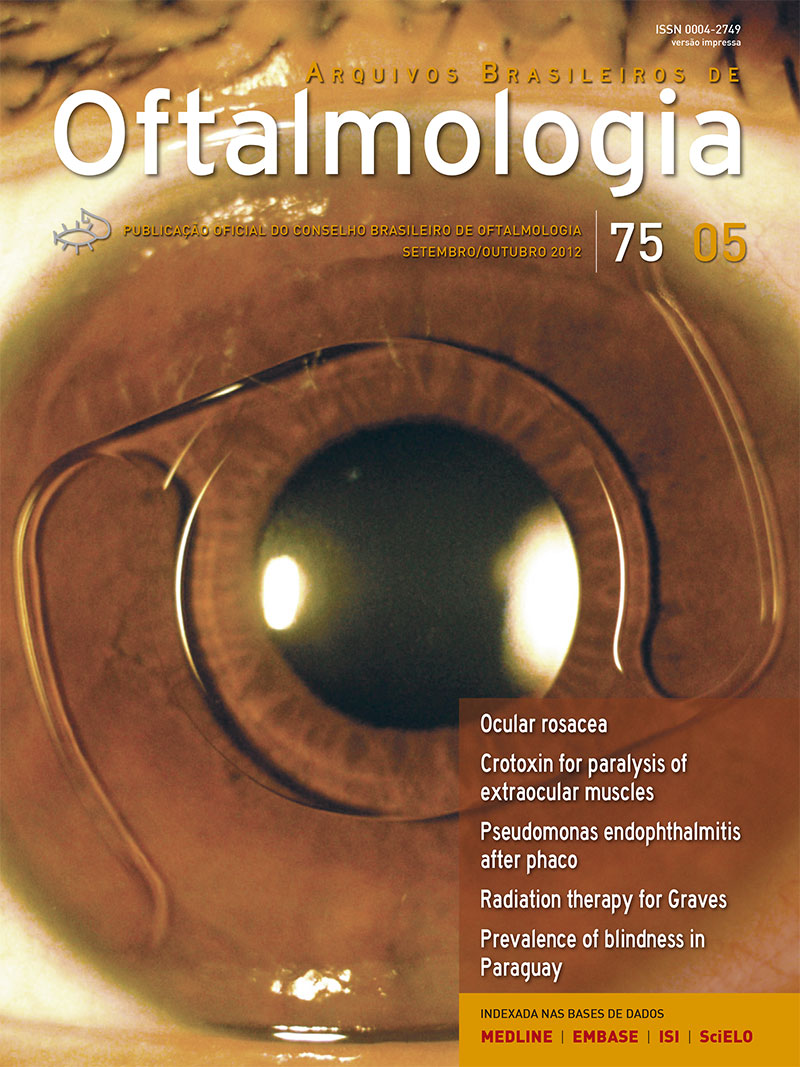PURPOSE: To evaluate the efficacy of radiotherapy (RT) with total dose of 20 Gy (RT 20 Gy) in the treatment of Graves' ophthalmopathy. METHODS: A systematic review and meta-analysis of randomized controlled trials was performed comparing RT 20 Gy with or without glucocorticoid to clinical treatments for Graves' ophthalmopathy. The MEDLINE, EMBASE, Cochrane Library databases and recent relevant journals were searched. Relevant reports were reviewed by two reviewers. Response to radiotherapy was defined as clinical success according to each trial. We also evaluated the quality of life and whether RT to produce fewer side effects than other treatments. RESULTS: A total of 8 randomized controlled trials (439 patients) were identified. In the subgroup analysis, the overall response to treatment rates was better for: RT 20 Gy plus glucocorticoid vs glucocorticoids alone, OR=17.5 (CI95% 1.85-250, p=0.04), RT 20 Gy vs sham RT, OR= 3.15 (CI95%1.59-6.23, p=0.003) and RT 20Gy plus intravenous glucocorticoid vs RT 20Gy plus oral glucocorticoid, OR=4.15(CI95% 1.34-12.87, p=0.01). There were no differences between RT 20 Gy versus other fractionations and RT 20 Gy versus glucocorticoid alone. RT 20 Gy with or without glucocorticoids showed an improvement in diplopia grade, visual acuity, optic neuropathy, lid width, proptosis and ocular motility. No difference was seen for costs, intraocular pressure and quality of life. CONCLUSION: Our data have shown that RT 20 Gy should be offered as a valid therapeutic option to patients with moderate to severe ophthalmopathy. The effectiveness of orbital radiotherapy can be increased by the synergistic interaction with glucocorticoids. Moreover, RT 20 Gy is useful to improve a lot of ocular symptoms, excluding intraocular pressure, without any difference in quality of life and costs.
Keywords: Graves ophthalmopathy; Exophthalmos; Radiotherapy; Meta-analysis, Review
